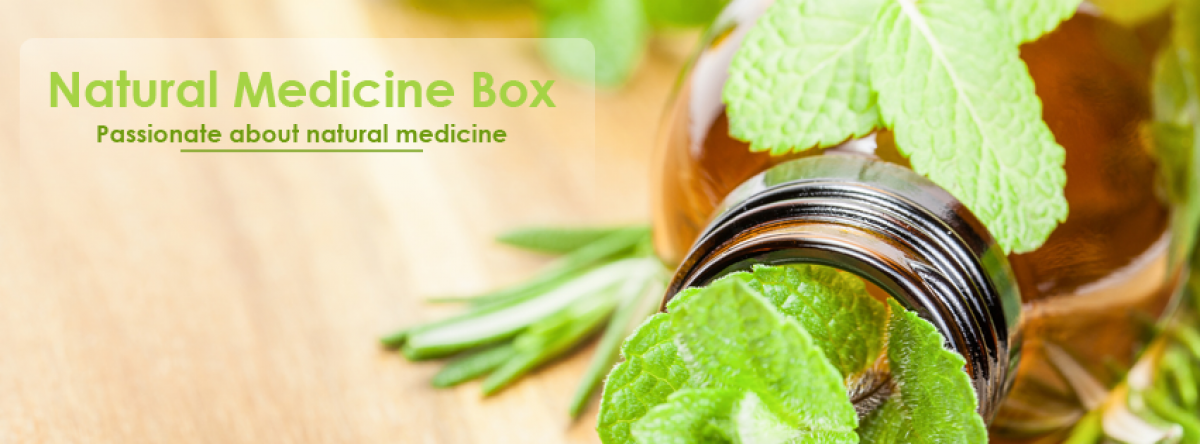
3. Kohlrabi
Kohlrabi is German for “cabbage turnip,” which is actually a spot-on way to describe this vegetable’s flavor. This is a great plant to add to your winter garden, as it thrives in cool weather. When planted several weeks before a frost, you can expect a harvest in just a few weeks.
This root vegetable is a member of the cruciferous family of vegetables, along with such nutrition superstars as broccoli, cabbage, and Brussels sprouts.
Glucosinolates, which are sulfur-containing compounds found in kohlrabi, appear to have anti-cancer, anti-fungal, anti-parasitic, and antibacterial benefits.
Kohlrabi can be cooked as you would carrots or turnips, but it can also be eaten raw (and this may be the best way of all). Kantha Shelke, a food scientist at Corvus Blue LLC and spokesperson for the Institute of Food Technologists (IFT), told TIME:
“Kohlrabi’s chemopreventive effects makes it particularly healthy … Kohlrabi contains isothiocyanates which are effective against cancer. The chemopreventive compounds are more bioavailable from fresh–about three times as much as from cooked–kohlrabi.
The higher bioavailability is associated with a higher chemopreventive activity, which might be the reason why raw kohlrabi is preferentially consumed by health-conscious people.”

